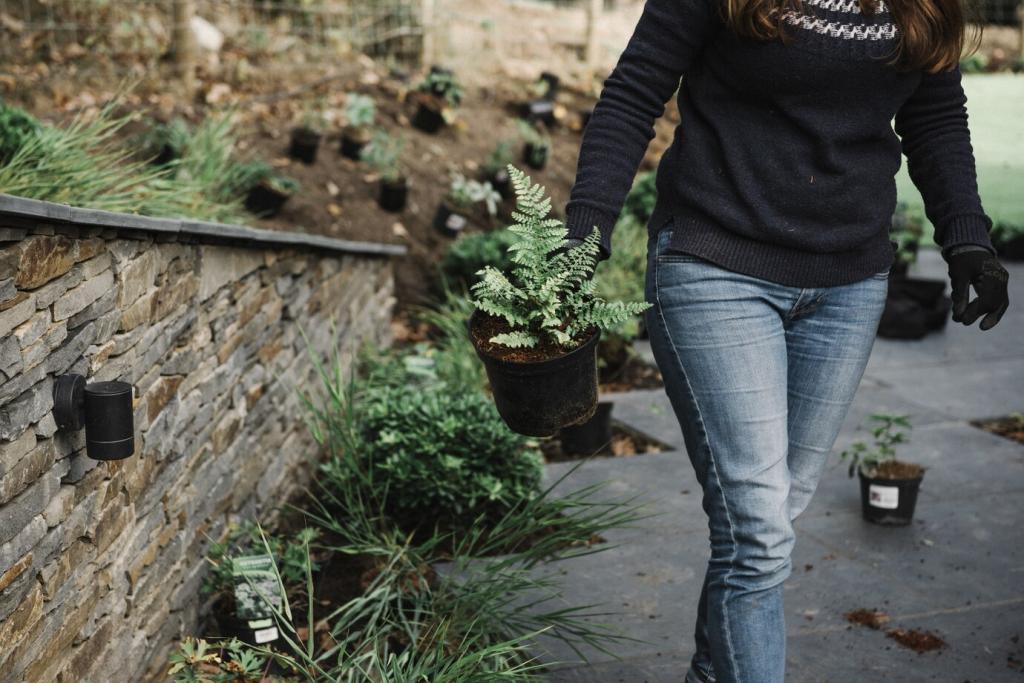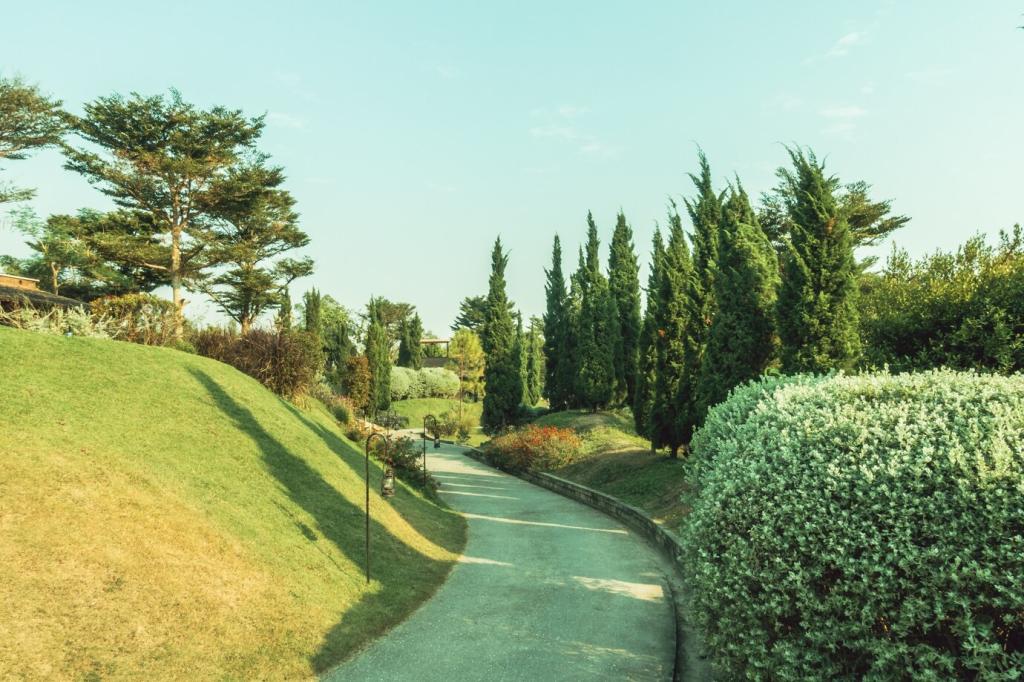
Avoiding Chemical Use: Organic Pest Control in Gardens
Chosen theme: Avoiding Chemical Use: Organic Pest Control in Gardens. Welcome to a fresh, friendly guide for growing vibrant plants without synthetic pesticides, where balance, biodiversity, and patient observation create a resilient, living ecosystem in your backyard.
Work With Nature, Not Against It
Every thriving garden hosts tiny dramas: predators chasing pests, fungi breaking down litter, and birds picking caterpillars at dawn. When we avoid synthetic chemicals, these natural checks strengthen, leading to steadier harvests and fewer crises over time.


Recruiting Beneficial Insects and Wildlife
Grow dill, fennel, yarrow, and sweet alyssum to feed adult beneficials. They repay you by hunting aphids, mites, and small caterpillars. Avoid broad-spectrum sprays, even organic ones, to keep these delicate, hardworking allies safe and active.
Recruiting Beneficial Insects and Wildlife
Plant small, open flowers like calendula, coriander, tansy, and cosmos. Their nectar and pollen sustain tiny parasitoid wasps that gently regulate pests. Mix bloom times for a season-long buffet that encourages consistent, low-drama pest management.
Healthy Soil, Resilient Plants
01
Compost and Mulch as Defense
Rich compost feeds microbes that feed roots, improving nutrient balance and plant immunity. Mulch stabilizes moisture, cools soil, and blocks weeds, helping plants focus on growth rather than stress responses that can attract opportunistic pests.
02
Right Plant, Right Place
Match sun, spacing, and climate to each crop. Choose resistant cultivars for common local issues. A tomato that loves your conditions needs fewer interventions, making synthetic pesticide-free gardening pleasantly routine rather than endlessly reactive.
03
Stress-Free Watering and Nutrition
Water deeply and less often to encourage strong roots. Use slow, organic fertilizers or compost teas to avoid lush, vulnerable growth. Balanced nutrition and steady moisture reduce outbreaks of aphids, spider mites, and mildew-prone stress.
Physical and Cultural Controls That Really Work
Barriers and Traps
Use floating row covers for brassicas, cardboard collars against cutworms, copper tape to deter slugs, and beer traps sparingly. These methods interrupt damage without harming beneficial insects or disrupting the broader garden food web.
Timing, Rotation, and Diversity
Stagger plantings, rotate families annually, and interplant flowers with vegetables. Altering time and place confuses pests, while diversity dilutes damage. Share your favorite rotation map below; others can learn from your layout and timing tricks.
Cleanliness and Pruning Practices
Remove diseased leaves, fallen fruit, and spent plants promptly. Prune for airflow to deter fungal issues. Simple sanitation prevents many problems, allowing you to keep your garden comfortably free from synthetic pesticide interventions.
Gentle Remedies and Biological Allies
Spot-treat with neem or a mild castile soap solution on soft-bodied pests, testing first. Dust diatomaceous earth around seedlings for crawling insects, avoiding flowers. Use the least disruptive method, only where damage truly warrants action.
Employ Bacillus thuringiensis for specific caterpillars and beneficial nematodes for soil-dwelling pests. These targeted organisms work quietly, sparing non-target species. Always follow labels and timing, and pause if beneficial populations are actively controlling pests.
Use pheromone traps for monitoring rather than mass trapping, and place yellow cards thoughtfully to reduce bycatch. Combine with handpicking and pruning. Share your gentle remedies in the comments so others can learn careful, respectful techniques.

Scouting and Thresholds
Walk your beds regularly, flipping leaves and scanning stems. Learn your personal threshold for damage before intervening. Early detection and small, precise responses keep control organic, calm, and remarkably effective season after season.
Keeping a Garden Journal
Note dates, weather, pests, and responses. Patterns emerge, revealing which flowers invite the best helpers and which crops need extra spacing. Subscribe for printable journal prompts and seasonal checklists tailored to synthetic pesticide-free success.
Share Your Wins and Questions
Tell us about the moment birds cleared your caterpillars or how row covers saved your kale. Ask questions, trade seeds, and encourage neighbors. Community support keeps the journey joyful, practical, and proudly free from synthetic chemicals.

